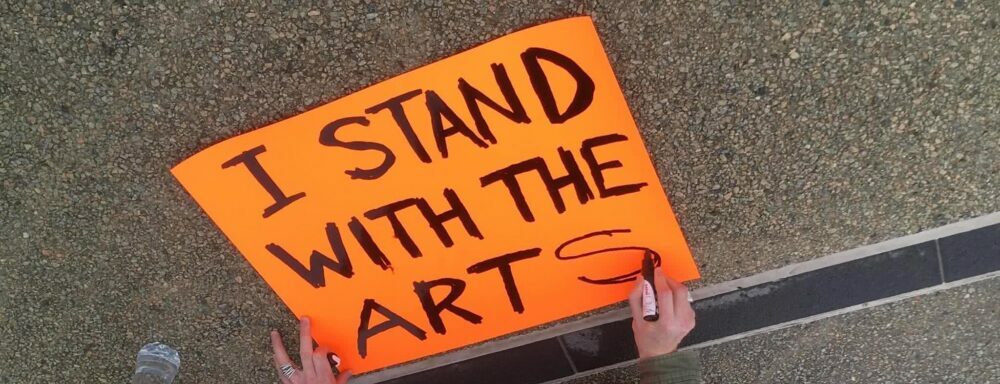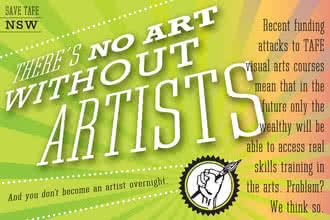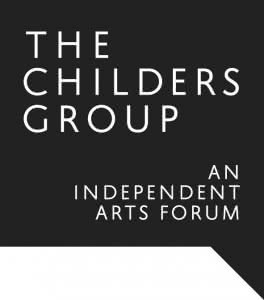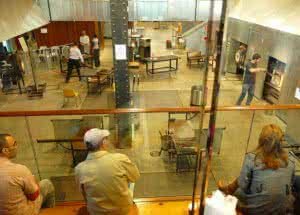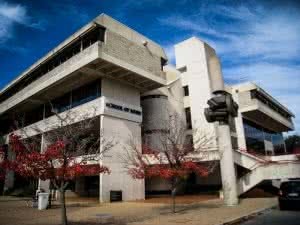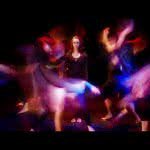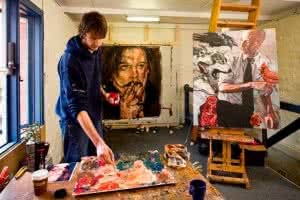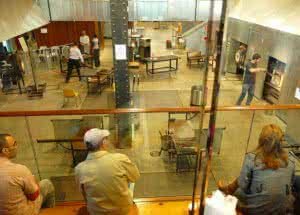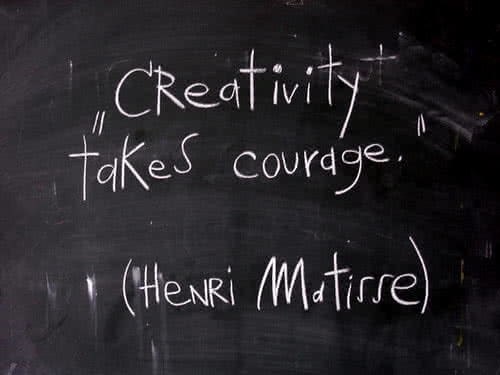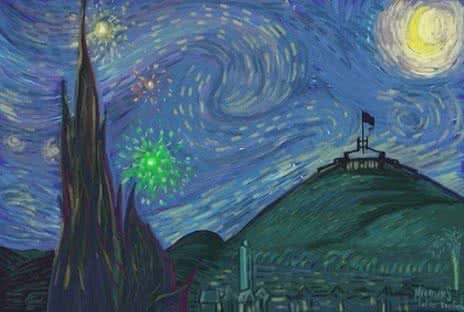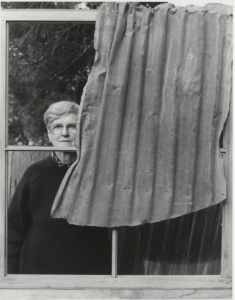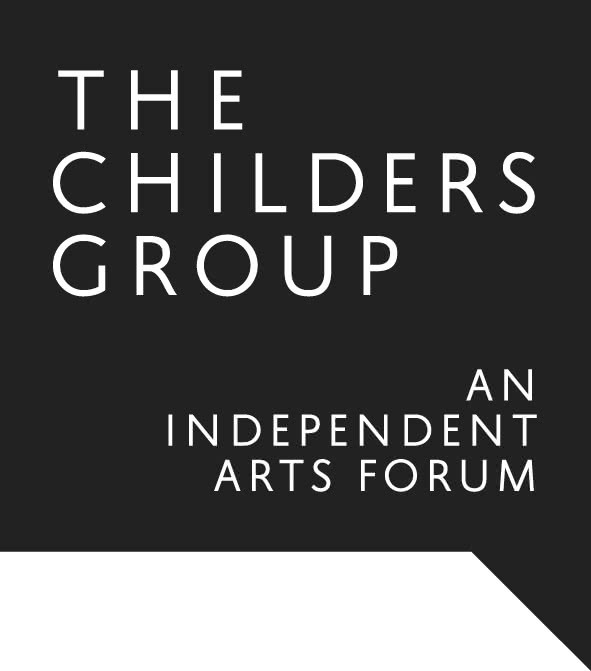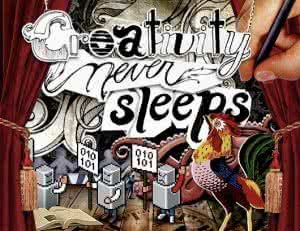 Established in November 2011, the Childers Group has now had its first birthday and to celebrate the Group’s released a summary of its advocacy actions to-date. We formed last year to be a positive and well-considered voice for the arts in the ACT region. We believe that we’ve been able to do that, together with all those who’ve attended our two forums and shared their ideas and hopes for the future. Economic instability can often lead to reduced investment in the arts, and the Childers Group’s mission is to make sure the opportunities and values of the arts are heard by the decision-makers, and action ensues.
Established in November 2011, the Childers Group has now had its first birthday and to celebrate the Group’s released a summary of its advocacy actions to-date. We formed last year to be a positive and well-considered voice for the arts in the ACT region. We believe that we’ve been able to do that, together with all those who’ve attended our two forums and shared their ideas and hopes for the future. Economic instability can often lead to reduced investment in the arts, and the Childers Group’s mission is to make sure the opportunities and values of the arts are heard by the decision-makers, and action ensues.
The Childers Group is a body made up of nine voluntary members, so we rely on others to help us do what we do. We take this opportunity to thank all those who’ve helped us with venue-hire, advertising, graphic design, and web-support. We appreciate it very much.
Next year marks the Centenary of Canberra, and there are also some significant milestones in the region, including Goulburn’s 150th birthday as a city. The varied events planned for these celebrations provide a once-in-a-lifetime opportunity for us to showcase the extraordinary arts and cultural activity that is part of our everyday life.
Here’s a list of the Childers Group’s advocacy actions during the 2011/2012 period:
- Advocated for Writing Australia to continue to have its headquarters in the ACT, including through correspondence to the Australia Council for the arts and the ACT Cultural Council (January 2012)
- Provided a submission on the 2012/2013 ACT Budget consultation process, advocating for a range of policy ideas and actions (February 2012)
- Provided a submission on artsACT’s draft Arts Policy Framework (March 2012)
- Held our first forum, ‘Burning Issues and Radical Ideas’, which was attended by approximately 150 people, including Robyn Archer, Creative Director of the Centenary of Canberra, and two members of the ACT Legislative Assembly (held at the Street Theatre in April 2012)
- Wrote a 1200-word opinion piece highlighting the importance of celebrating the ACT region’s artistic and cultural achievements, which was published by The Canberra Times (May 2012)
- Released our ‘Vision for the Kingston Arts Precinct’ document (July 2012)
- Advocated for the ACT Government’s new Events ACT website to make reference to all art-forms (July 2012)
- Meetings with the board of the Cultural Facilities Corporation and the Canberra Business Council’s Small Business Taskforce (mid-year)
- Met with The Canberra Times about the importance of employing professional arts journalists, including retention of the literary editor position (July 2012)
- Released our ‘Six Key Opportunities for the ACT region’ document (August 2012), which included: the Kingston Arts Precinct, the ANU School of Music, a dance hub, arts-in-education including an ACT-wide poetry slam program, and a world-class artist-in-residence program
- Twice met with MLAs representing the three main political parties in the ACT in the lead-up to the 2012 ACT Legislative Assembly election (September 2012)
- Held our second forum, which provided an opportunity for the three main political parties in the ACT to present their respective arts policies, with questions from the various art-form sectors (held at Canberra Museum and Gallery in September 2012)
- Advocated for the appropriate and sustainable funding of fine-art courses provided through NSW TAFE (November 2012)
- Distributed a variety of media releases, including on Geoffrey Rush being named Australian of the Year and Caroline Stacey being named ACT Artist of the Year
- Various media interviews, including print and radio
